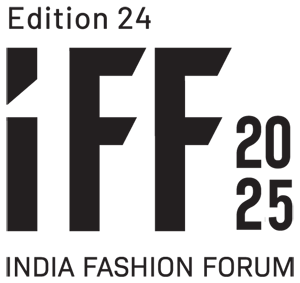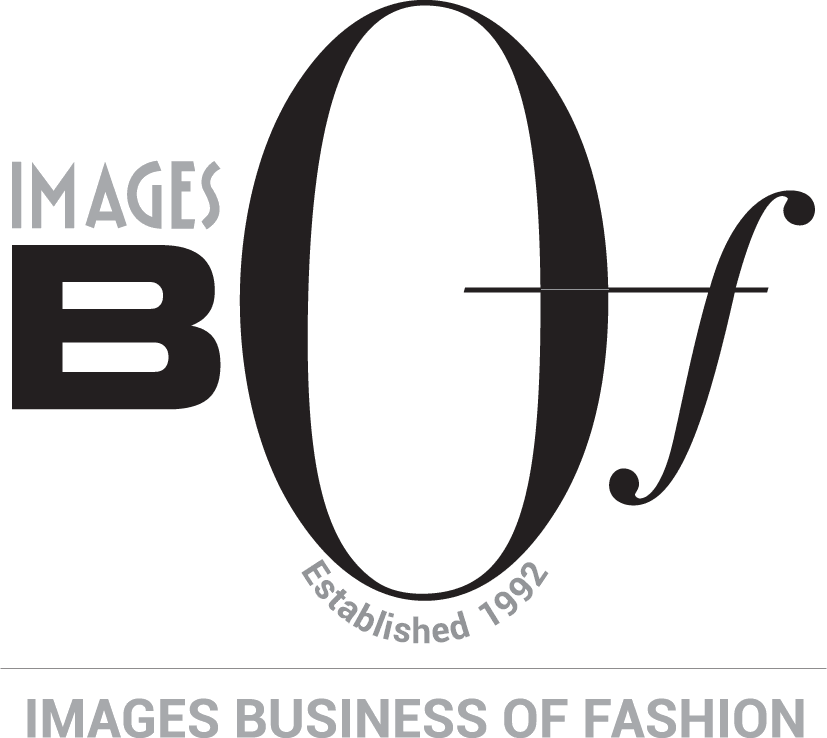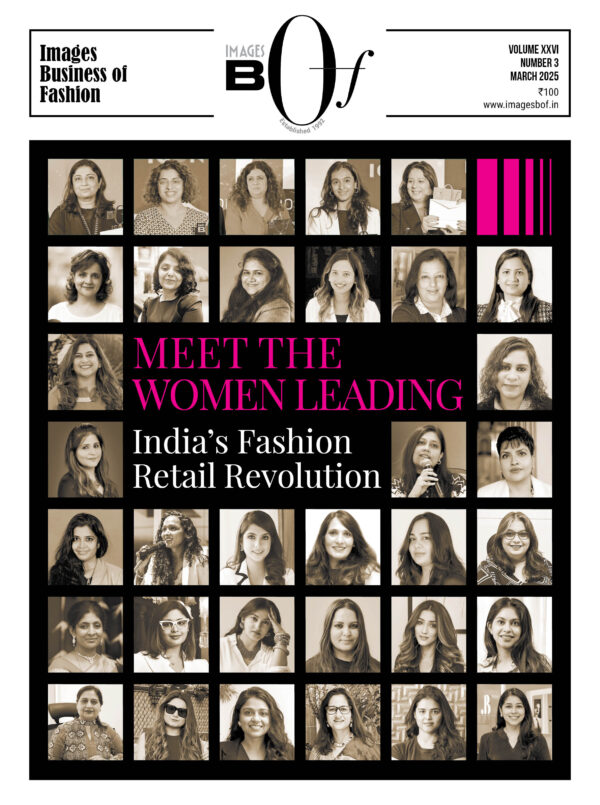Chemicals play a crucial role in the fashion and textile industry, adding colour and vibrancy to fabrics. However, their production and usage have significant implications for the environment, posing risks to water bodies, soil, and human health. Processes like dyeing also consume large quantities of water and energy, contributing to pollution and greenhouse gas emissions. In recent years, there has been a growing awareness of the environmental impact of chemicals in the fashion universe, leading to increased efforts to develop eco-friendly alternatives.
One company that has been at the forefront of solving this problem is Archroma. Established in 1886 as Kern & Sandoz in Basel, Switzerland, Archroma has a rich heritage in textile dyes production. Over the years, it underwent several transformations, including becoming part of Clariant in 1995 and later being acquired by SK Capital in 2013. The integration of various divisions led to the formation of Archroma, a customer-focused platform delivering specialised performance and colour solutions worldwide.
The company is a global provider of specialty chemicals, serving various markets including textiles, packaging, paper, coatings, adhesives, and sealants. In recent years, Archroma has undertaken strategic acquisitions of companies including BASF, M. Dohmen, and most recently, Huntsman Textile Effects, to strengthen its position in the market and expand its portfolio.
In a freewheeling chat with IMAGES Business of Fashion’s Kajal Ahuja, Paul Cowell, Vice President of Innovation, Brand Engagement and Sustainability, Archroma Textile Effects gave his insights into the rich heritage of Archroma and its ongoing projects and innovations.
Excerpts from the chat:
Q. Can you tell us about the journey of Archroma from its inception till date?
A: Archroma is about 10 and half years old. We’ve been very much focused on sustainability in the industry. We have a long standing history with Kern & Sandoz and Clariant before. Recently we acquired Huntsman’s textile business as well and that changed the game completely for us. We’re never going to be the cheapest, but we want it to be the cleanest, the most resource saving, the most innovative company. And over the last 10 years, we’ve really changed our approach to the market.
Innovation & Technology
Q. Tell us a little about Super Systems+?
A: Resource saving has always been important, but it’s becoming more and more important as pressure on environmental challenges increase. The other emerging topic that we found was durability and circularity combined with cleaner chemistry are all somehow linked.
And now after a year of being together, we looked at the portfolio of Huntsman that we bought. Then we looked at the portfolio of Archroma and what was really nice is that Archroma was very strong in chemicals, pre-treatment, auxiliaries finishing, and Huntsman was very, very strong in dye stuffs.
Now when you combine the two together we have the real perfect chance of really reducing processing time. So we thought: how can we bring this to the market in a way that’s understandable and also can help mills and brands make an impact?
So we offer flexibility around the impact. You could save water and energy, or make your product more durable or have cleaner chemistry, or you try and have all three. And depending on what you want for your collection or what the mill wants to do from their production perspective, they can choose what impact they have. We have what we call ‘foundation’, which is the foundation for everything. It’s ZDHC Level 3 compliant. That’s our basic level. Then if you want cleaner chemistry, we call it Foundation+.
So products like aniline-free Indigo, formaldehyde-free easy care, aniline-free OBAS, bisphenol-free nylon coloration, all instances where the impurity is free, not just below the limit that’s certified, but actually free. This is what we call Foundation+.
If you want to be cleaner, you can have an impact with Foundation+. If you want to have an impact and go from foundation to impact, you must have a minimum of 20% resource saving in either water, energy or greenhouse gases. By combining our processes, we benchmark what the brand or mill is doing today. And then with the application or with the use of our new process, if they save more than 20%, we say that you can now have an impact because you’ve moved up the axes from foundation more than 20% saving.
Also, if you have a finishing effect that’s more durable than 10 washes, we also give you an impact rating for that. The idea behind that is, if you’re a consumer and you buy a water repellent shirt, and after 5 washes it’s no longer water repellent, you will probably throw it away and it adds to the issue of landfill. We’ve also built in 10 wash durability or resource saving, you get ‘impact’. And if you do both, if you’ve got cleaner chemistry and resource saving, we call it impact+ and we have a way of measuring the impact and we give the mills and the brands the flexibility to decide which route they want to take. That’s basically Super Systems+ in a nutshell.
Q. What are some new innovations and dyes you’re coming up with?
A: We’ve worked very, very hard with our innovation team to see how we can bring the cost down and make sustainable products at an equal cost as non sustainable products. In the area of new reactive dyes, in the area of chemistry, we’re looking at biomass-based raw materials, replacing petroleum raw materials with biomass based.
It can be anything from recycled polyesters, agricultural waste, palm oils, but only sustainably sourced palm oil, building more sustainable regenerative raw materials into our products. The other area we had success is with Earthcolors® some years ago. This is where we manufacture dye stuffs from agricultural waste.
We’re now branching out onto what we call FiberColors®. Here we take waste fibres, break them down and make a new dye from this waste fibre. We hope it will have an impact on sustainability.
Q. And what are the technical advancements that you’re using to manufacture your products?
A: We are delighted that since Huntsman Textile Effects and Archroma came together a year ago, we not only have the widest portfolio in the industry, but also an expanded team of experts, facilities and technology.
We’re always looking at how we can reduce our waste, our water usage especially in water stressed areas and our energy. The expanded capabilities certainly help support that endeavour.
We have sustainability targets. In the next couple of months, we’re just about to launch our new sustainability targets for 2030. We’re always looking at how we can improve our manufacturing footprint. We’re looking at how we can measure scope one, scope two and scope 3 greenhouse gas emissions by product group and eventually, by product. It’s a rather complex task since we have probably over 3000 products now with the combined company. But the industry needs this data.
Q. What are some of the future innovations that excite you personally?
A: In terms of what excites me, I think, the push now to have hard data for article manufacturers or how much water, how much energy and how much greenhouse gas was used to make a pair of jeans. And I think in the future, brands will not only buy fabric from a mill and a mill will not only sell fabric, they’ll sell fabric and data.
There needs to be a holistic platform where all the brands can log in, all the mills can log in and they can share the best available technology which will hopefully drive some of the non performing manufacturers to up their game and become more sustainable.
I think that’s exciting and I think it will happen fast because it’s the need of the hour. I also think the DPP (digital product passport) which is being introduced in Europe along with Circularity will have a big impact on the industry. Driving people to reduce the amount of water that they use in T-shirts has never been a focus for the brands. That has to be a focus going forward and that’s when, that’s when the mill will come to a company like Archroma and say what solutions do you have.
Historically, a mill only comes to us when they have fastness issues or shade issues. But if they’re now being asked to reduce the amount of water for their bed sheet, they’re going to have to come to a solution provider like Archroma who can provide those smart processes. So I think this push towards data and measurable validated data is going to be very important going forward and this data.
Q. And will this data be available publicly?
A: I’m not sure. This is something that doesn’t exist. I think there has to be a collaboration between machinery manufacturers, the mills and the brands. I could imagine a brand would log into its own portal and only see its own production.
Then they can communicate that data safely in the knowledge that the data has been validated. I think greenwashing is becoming a real problem in the industry, not only from a perspective of people claiming things that are not true, but also from a perspective that some brands are concerned about making any sustainability claims because they’re afraid that they’ll be accused of greenwashing, which goes against everything we’re trying to do.
Hopefully over time with clear, validated data, people can become more confident again about communicating to their consumer, to educate their consumer. I think maybe initially the data won’t be publicly available, but the brands will then be confident to communicate that all the way down to the consumer.
Q. Ok, tell us about your sustainability plans up until 2030.
A: They’re still being baked. We had a clear vision from 2018 until 2024. This was our commitment and we’ve reported on those. But because of the large integration of Huntsman, we have to reset and start again. We plan to come up with our sustainability goals very, very soon.
- Third Party Products: I would expect that we’ll have a significant reduction in our scope one and scope two and scope 3 greenhouse gas emissions. We’ll certainly also have a reduction in our water consumption, water usage and our waste to landfill. We’re also looking into our third party certified products that go into the fashion and home textile industry. At the moment, around 90% of all of the products we sell going into fashion and home are certified ZDHC Level 3. We still have 10% that are not. Over time, it’s our objective to have 100% of our third party products certified.
- Sustainability innovation: Around 75% of the projects that we have today in our pipeline are classed as sustainable. Either they save resources for the mill, either they increase the durability so it doesn’t get thrown away too early, or they have cleaner chemistry. We hope to increase that percentage up to 80-85% over the next few years.
- Super Systems+: At the moment, if you look at our whole portfolio, we’ve only just launched Super Systems, but it has around 20% of our portfolio. Sales are based around Super Systems. Our target in the next five to six years is to significantly increase this to 50-70%. We’re pushing ourselves to have an impact in terms of our own manufacturing but also how the consumer can have an impact on their daily usage as well.
Q. What are your expansion plans?
A: We expand when the market needs it. We are going through that consolidation right now of bringing 2 huge companies together. We will be bringing much more innovation to Asia. So we’re going to bring the innovation hubs much closer to the market. So that’s something to watch out for very, very soon. We’ll make an announcement quite soon there.
But we go where the market is. As the external market or the export market is slowing down in China, it’s moving more to Vietnam, India and Bangladesh. So we’re putting more investments and facilities in those areas and somehow not quite downsizing in China because in China, the local market is growing, but we’re just pivoting and changing our approach. The great thing about the new Archroma is that we have a great footprint of manufacturing because of the Huntsman acquisition so we’re able to quickly move products from one place to another.
Q. What are some big brands that you’re working with?
A: If you look at our top global brands we work with, it’s people like Patagonia, Nike, Adidas, Levis, it’s all of the key brands who have sustainable commitments because they know there’s a technology provider like Archroma. We’re here to support them in their journey as well. So it’s the Decathlons, the Ikeas, Lululemons, all of the big brands with philosophies like that.
We’re making a big push here locally in India. We’ve got a lot of projects with Myntra, with BlackBerry, with Benetton, with a lot of the Aditya Birla brands. So the US Polo, Indian Terrain, a lot of the brands here are taking up our HIGH IQ® Lasting Colour eco colour retention programme, which adds value with vibrant long-lasting colour, eco-friendly production and improved productivity for Cottons. We get this quality through our AVITERA® SE dye range..
A lot of brands are now picking up on those stories and we’re also bringing new technology like non antimicrobial over control. We’re happy to work with a lot of brands locally, but also all of the key global brands we work with, the ones that have the same philosophy, the same desire to improve the planet.



